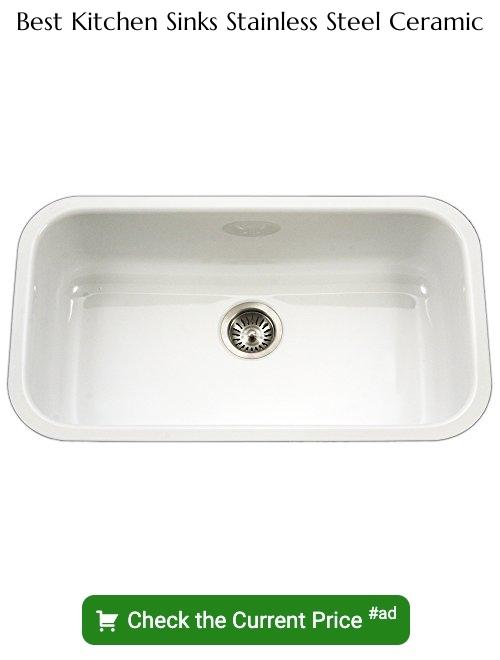Last updated on
Let’s explore the differences between stainless steel and ceramic sinks to help you make an informed decision when choosing a sink for your home.
From classic porcelain to modern stainless steel, there are so many choices to make when it comes to selecting the perfect sink for your home.
But one debate that seems to come up time and time again is the battle between stainless steel and ceramic sinks. Both have their pros and cons, but which one reigns supreme?
Let me tell you a story about a client of mine who was torn between these two options. She was renovating her kitchen and wanted a sink that would look great and be functional for her family’s needs.
After much research and consideration, she ultimately chose one over the other. But before I reveal her decision, let’s dive into the differences between stainless steel and ceramic sinks so you can make an informed decision for your own home.
Key takeaways:
- Stainless steel sinks are made from a combination of metals, while ceramic sinks are made from fired clay.
- Stainless steel sinks are more durable against dents and scratches, while ceramic sinks are more heat resistant.
- Stainless steel sinks have a sleek and modern look, while ceramic sinks have a classic and timeless appearance.
- Stainless steel sinks are easier to clean but can be prone to scratches, while ceramic sinks require more care to prevent staining.
- Stainless steel sinks are generally less expensive than ceramic sinks.
What's Inside
Material Composition
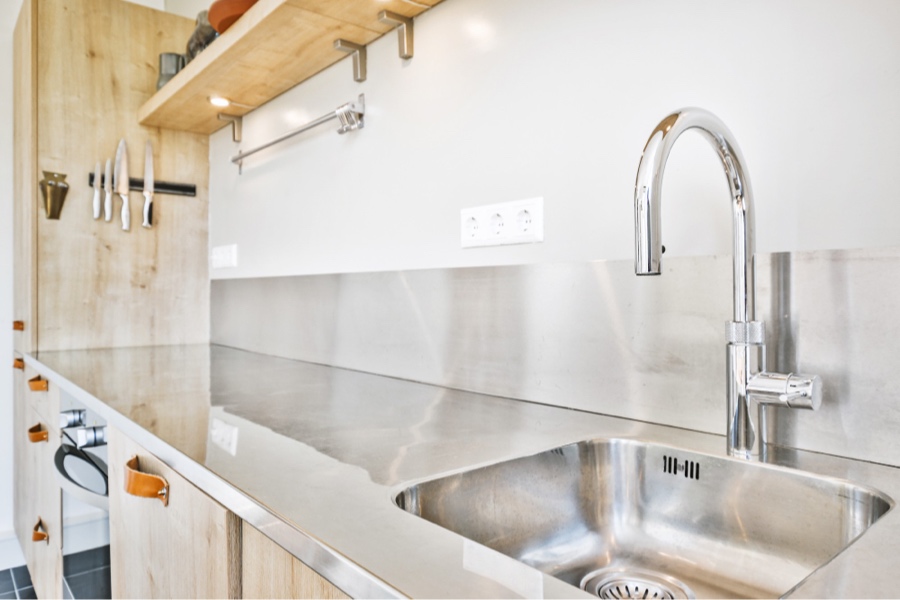
When it comes to material composition, stainless steel and ceramic sinks couldn’t be more different. Stainless steel is made from a combination of metals, including chromium and nickel, which gives it its signature shiny appearance.
Ceramic sinks are typically made from clay that’s been fired at high temperatures to create a hard, durable surface.
My client was initially drawn to the sleek look of stainless steel but was concerned about how well it would hold up over time. On the other hand, she loved the classic look of ceramic but wasn’t sure if it would be as durable as she needed for her busy family kitchen.
After discussing her options with me and doing some research on her own, my client ultimately decided on… (stay tuned for later in the article!)
Durability Comparison
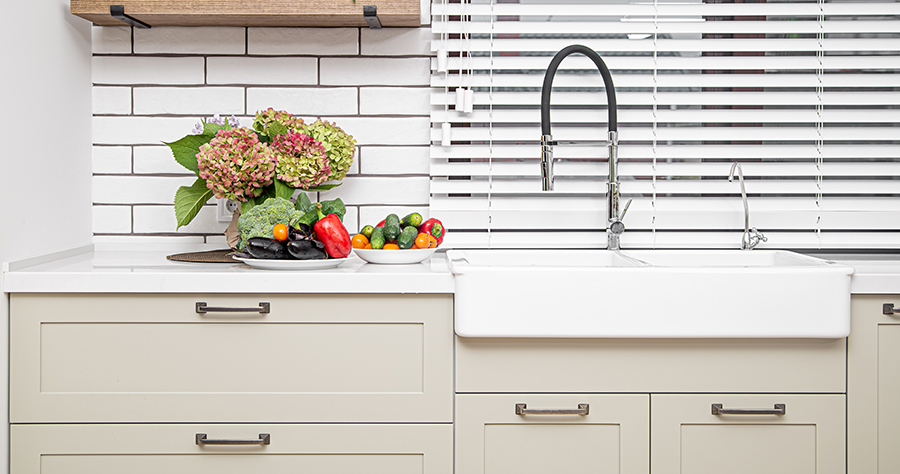
When it comes to durability, both stainless steel and ceramic sinks have their strengths. Stainless steel is known for its toughness and resistance to dents, scratches, and stains.
It’s also less likely to chip or crack compared to ceramic sinks.
On the other hand, while ceramic sinks may be more prone to chipping or cracking if something heavy is dropped on them, they are incredibly durable when it comes to heat resistance. Ceramic can withstand high temperatures without warping or melting like some metals do.
So which one wins in terms of overall durability? It really depends on your specific needs and usage habits in the kitchen. If you frequently drop heavy pots and pans into the sink but don’t use a lot of hot water (or have a separate area for hot items), stainless steel might be your best bet for long-lasting durability.
However, if you use a lot of boiling water or place hot dishes directly into the sink often – such as when washing up after cooking – then a heat-resistant ceramic sink could be worth considering despite its potential fragility against impact damage. Ultimately though both materials offer good levels of strength that should last many years with proper care!
Aesthetic Differences
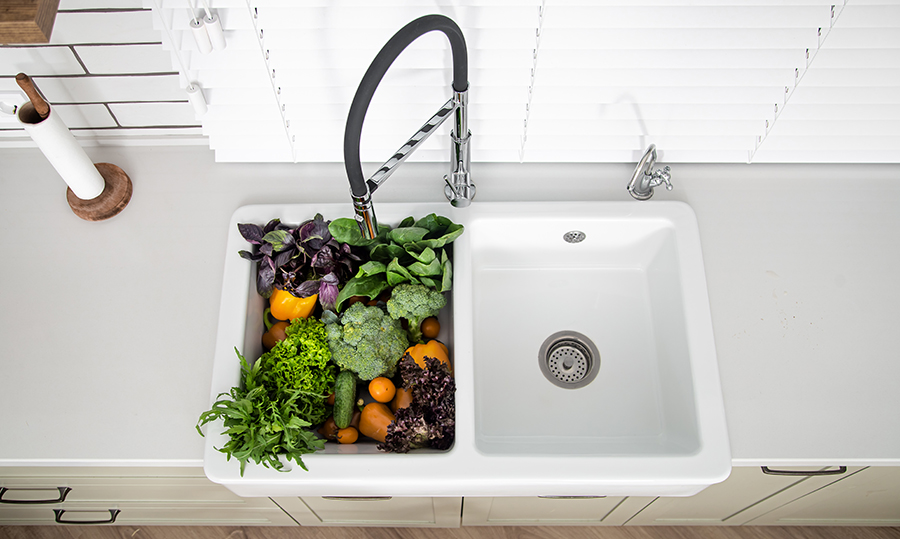
When it comes to the aesthetic differences between stainless steel and ceramic sinks, there are a few key factors to consider.
Stainless steel sinks have a modern and sleek appearance that can complement any kitchen design. They come in various finishes such as brushed, polished or matte, giving homeowners more options when selecting their sink.
On the other hand, ceramic sinks offer a classic look that is timeless and elegant. They come in different colors like white or black which can add character to your kitchen space.
My client was initially drawn towards the classic look of ceramic but ultimately decided on stainless steel because she wanted her sink to match her other appliances for a cohesive feel throughout her kitchen.
Ultimately, choosing between these two materials will depend on personal preference and what style you want for your home’s overall aesthetic.
Maintenance & Cleaning
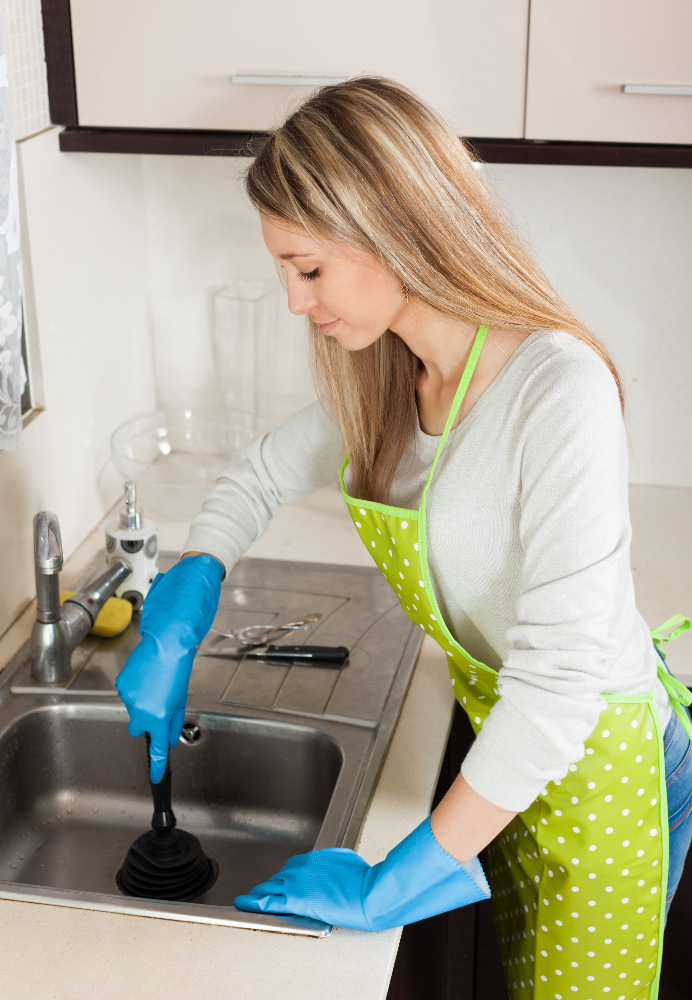
When it comes to maintenance and cleaning, both stainless steel and ceramic sinks have their own unique requirements. Stainless steel sinks are relatively easy to clean with just soap and water, but they can be prone to scratches if abrasive cleaners or scrubbers are used.
To keep a stainless steel sink looking its best, it’s important to wipe down the surface after each use.
Ceramic sinks require a bit more care when it comes to cleaning as certain foods or liquids can easily stain them. However, with proper maintenance such as regular wiping down of the sink after each use using mild detergent will help prevent stains from setting in.
In terms of long-term maintenance, ceramic sinks may require re-glazing over time due to wear and tear while stainless-steel ones do not need any special treatment other than occasional polishing for maintaining their shine.
Ultimately your choice between these two materials should depend on how much time you’re willing (or able) to devote towards keeping your kitchen sink looking its best!
Heat Resistance
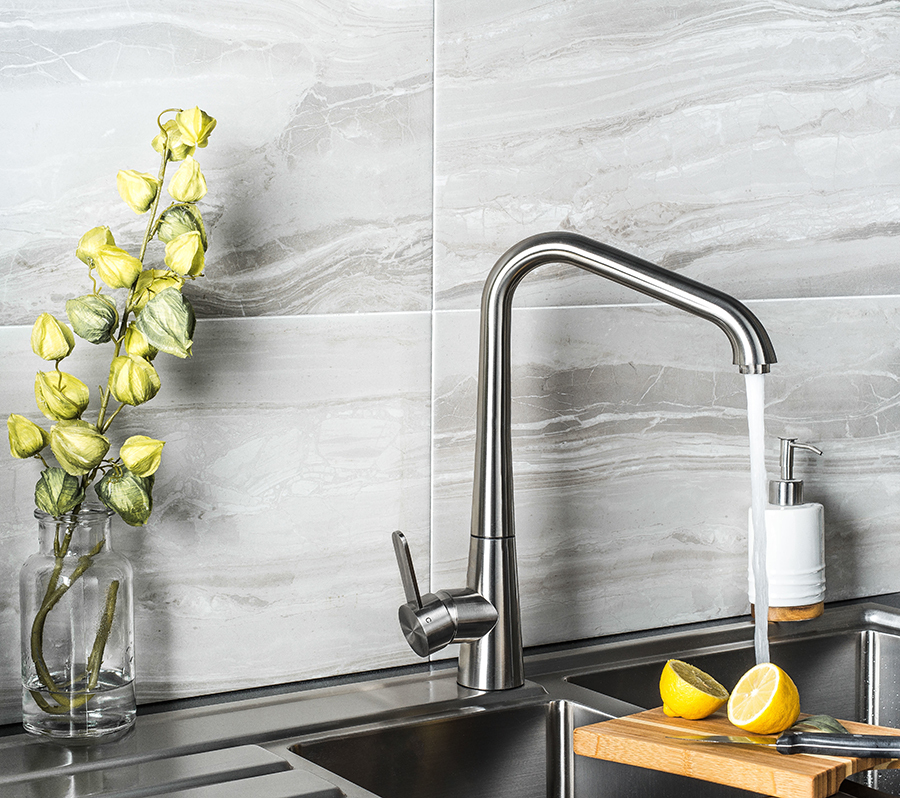
When it comes to heat resistance, stainless steel sinks have the upper hand. They can withstand high temperatures without cracking or melting, making them a great choice for those who frequently use hot water or place hot pots and pans in the sink.
On the other hand, ceramic sinks are more prone to thermal shock. Sudden changes in temperature can cause them to crack or even shatter.
This means you’ll need to be extra careful when using hot water and avoid placing anything too hot directly on the surface of your sink. Returning to my client’s story, she was an avid cook who loved experimenting with new recipes that often required boiling water and simmering sauces for hours.
After learning about these differences between stainless steel and ceramic sinks’ heat resistance capabilities, she ultimately chose a stainless steel option that would better suit her needs. So if you’re someone who spends a lot of time cooking in your kitchen, consider opting for a durable stainless steel sink that won’t let you down when it comes to handling high temperatures!
Scratch & Stain Resistance
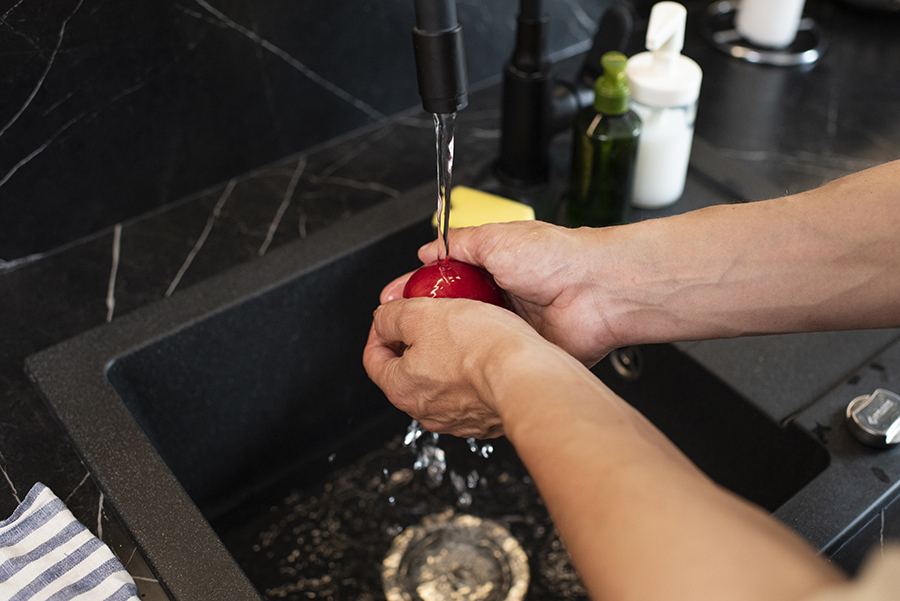
When it comes to scratch and stain resistance, both stainless steel and ceramic sinks have their advantages. Stainless steel is known for its durability against scratches, but it can be prone to water spots and fingerprints that may require frequent cleaning.
On the other hand, ceramic sinks are less likely to show water spots or fingerprints but can be more susceptible to chipping or cracking if heavy objects are dropped on them.
My client was concerned about the potential for scratches in her sink since she had young children who would inevitably cause some wear and tear over time. After discussing her options with me, we decided that a stainless steel sink would best suit her needs as it could withstand daily use without showing too much wear.
However, if you’re someone who prioritizes a pristine appearance over durability against scratches or chips then a ceramic sink might be your best bet.
Cost Analysis

When it comes to choosing between stainless steel and ceramic sinks, cost is a significant factor for many homeowners. Stainless steel sinks are generally less expensive than their ceramic counterparts, making them an attractive option for those on a budget.
However, the price of stainless steel can vary depending on factors such as gauge thickness and finish. On the other hand, ceramic sinks tend to be more expensive due to their manufacturing process and material composition.
But they also offer unique design options that may justify the higher cost for some homeowners. Going back to my client’s story – she ultimately chose a stainless-steel sink because it fit within her budget while still providing durability and functionality.
It’s essential to consider your own needs when deciding which sink material is right for you – whether that means prioritizing aesthetics or staying within a certain price range.
